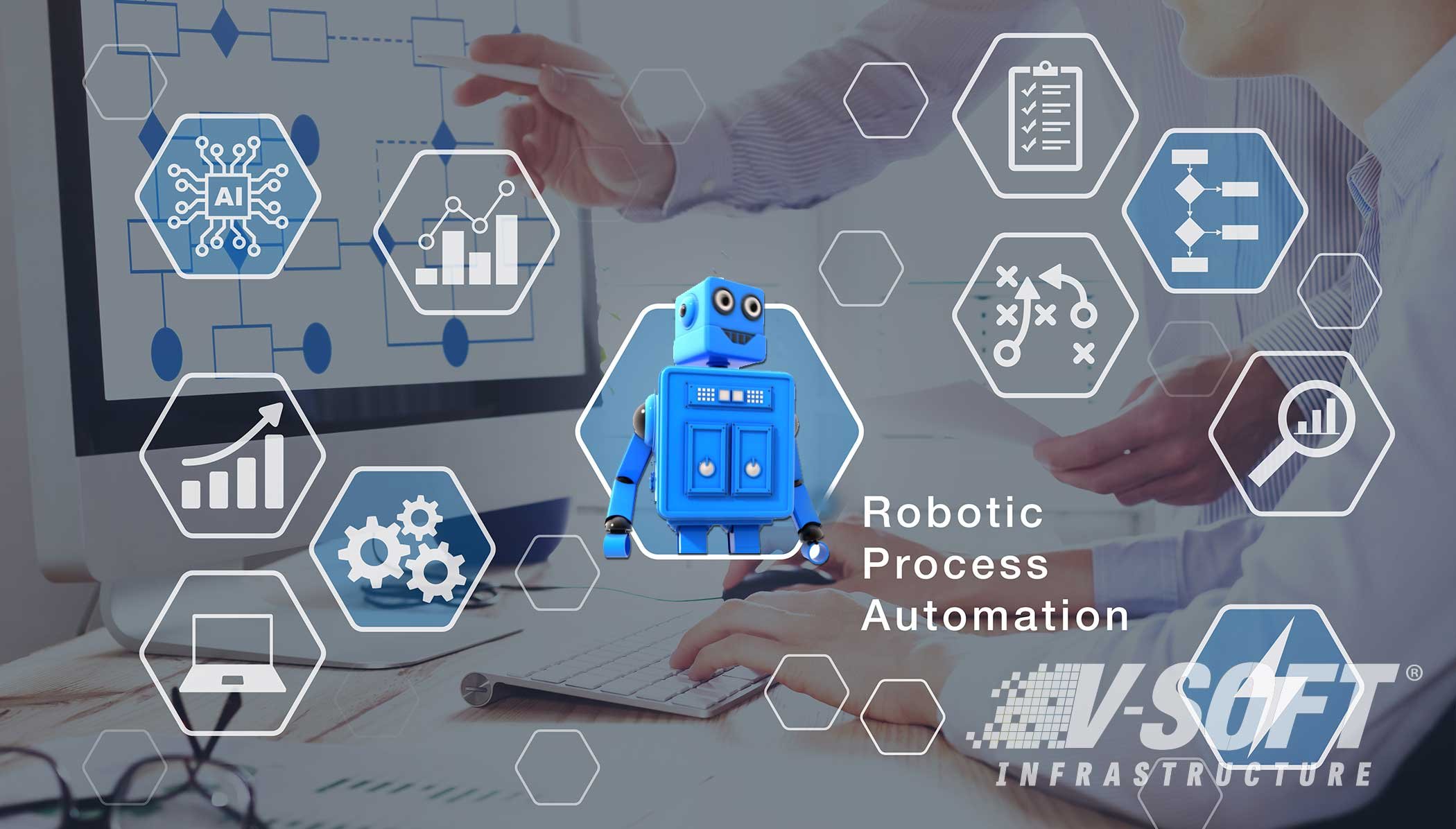Almost every industry is harnessing the power of Robotic Process Automation (RPA). Enterprises have been adopting RPA to automate repetitive front and back-office tasks. RPA bots interact with numerous software applications to execute tasks at the user interface level without altering the existing applications. Based on the business need, RPA bots operate in two models: Attended and Unattended. Let’s dive in to learn how these two models work and which one to choose to automate your business process.
What is Attended RPA?
Attended RPA is generally used for front-office activities. Attended bots automate end-to-end processes. The bots work directly alongside employees on their desktops as virtual assistants to deliver attended automation and help employees with daily tasks such as employee access, scheduling, etc. Attended bots provide real-time guidance to optimize repetitive tasks, improve work quality, and increases productivity. However, attended bots need to complete each task before employees can move forward with the activity.
Here is an example. Traditionally, if a customer has requested to change their address or phone number, then a customer service agent will take the request and manually update the details by following multiple steps. With attended RPA, a customer service agent can activate an RPA bot to execute the request, which on behalf of the customer service agent does the job following all the steps without fail. Moreover, compared to the human agent, the RPA bot can make those changes in seconds. This is how an attended RPA bot can perform many other functionalities, working as a virtual assistant.
The Advantages of Attended RPA Bots
Employees spend a lot of time switching between different applications while engaging customers. Attended RPA bots or attended automation can be beneficial in such situations. Here are some of the advantages of attended RPA bots.
- Agile and user-friendly
- Eliminates real-time data entry tasks
- Improves team efficiency and productivity
- Increases customer satisfaction
- Requires minimal setup, and the deployment is quick and straightforward
- Achieves ROI quickly
.png?width=800&name=ATTENDED%20VS%20UNATTENDED%20RPA%20(1).png)
What is Unattended RPA?
Unattended RPA bots execute operations and interact within different applications without human intervention. These bots can operate on a pre-set schedule or can be triggered by events with a predetermined set of rules. Unattended bots work independently in the background and handle intricate tasks and processes. These bots also communicate with employees for validation, to ask a question or prompt when there is an exception.
Let’s take the example of vendor invoice processing to learn how unattended RPA bots work. Unattended RPA bots can follow instructions of predetermined workflows that allow bots to manage vendor invoices. Unattended bots can read emails and save the attached invoices to the local system to prepare them for payment. Unattended bots can carry out such tasks at any time without human intervention.
The Advantages of Unattended RPA Bots
Unattended RPA bots empower businesses to scale quickly and keep up with dynamic customer demands. Businesses don't need to hire additional employees to perform tasks such as managing inventory, processing orders, handling payments, etc. Here are some other significant advantages of unattended bots.
- Self-triggered and can work without human intervention
- Works 24x7, 365 days a year
- Modifies functions in real-time
- Deploys, schedules, and audits operations
- Effectively gathers, sorts, and analyses data
- Reduces operating costs
- Eliminates errors
- Runs on workstations, private servers, and in the cloud
Can You Use Attended and Unattended RPA Bots?
Organizations can choose and deploy any of the bots based on their business needs. However, having an integrated platform to handle both attended and unattended bots is an ideal choice. These bots can coordinate to complete tasks to help customers and support back-office work. Bots can automate all jobs to increase employee efficiency and productivity.
These bots offer more versatility to companies as both bots have distinct features. Both bots allow businesses to scale up or down based on their budgets or workload without interrupting ongoing tasks.

.png?width=1110&name=MicrosoftTeams-image%20(27).png)













